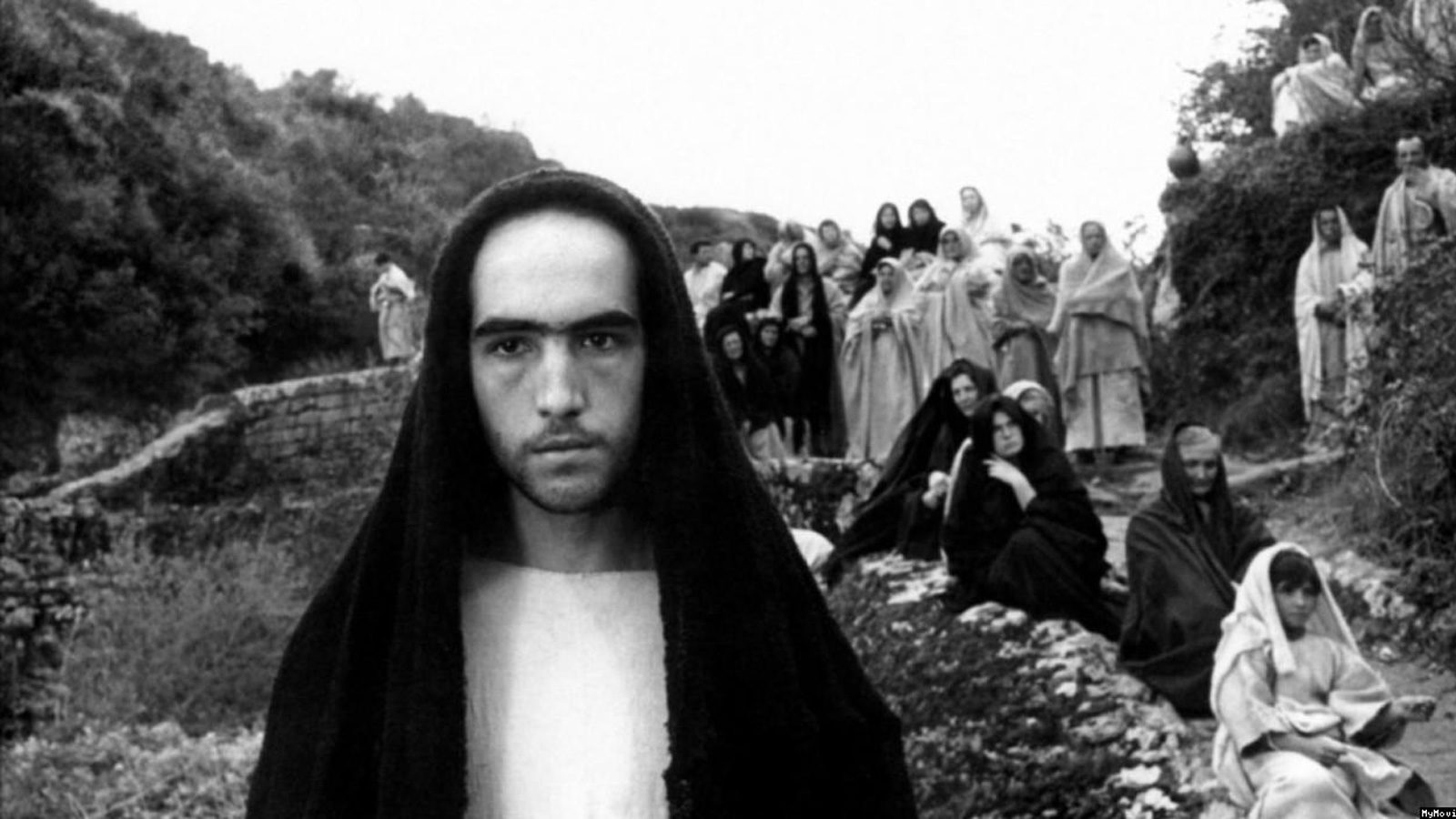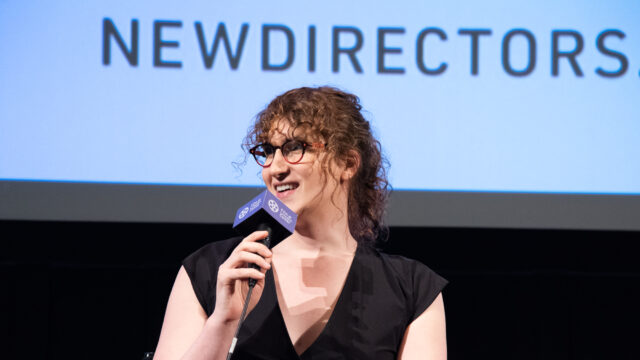The Gospel According to St. Matthew

Pasolini’s version of the Gospel, lauded by both art-house audiences and religious groups, was shot in natural settings in southern Italy, forsaking mythic grandeur in favor of a depiction that emphasizes the political radicalism of Christ’s life, with a visual style that drew from contemporaneous documentary and Renaissance painting alike. The use of non-actors was, in particular, essential to the project. “I don’t know what it is, but the eye of the camera always manages to express the interior of a character,” Pasolini explained to filmmaker James Blue. “This interior essence can be masked through the ability of a professional actor, or it can be ‘mystified’ through the ability of the director by means of cutting and divers tricks. In The Gospel I was never able to do this. What I mean to say is that the photogram or the image on the film filters through what that man is—in his true reality, as he is in life.” 35mm print courtesy of Istituto Luce Cinecittà.






